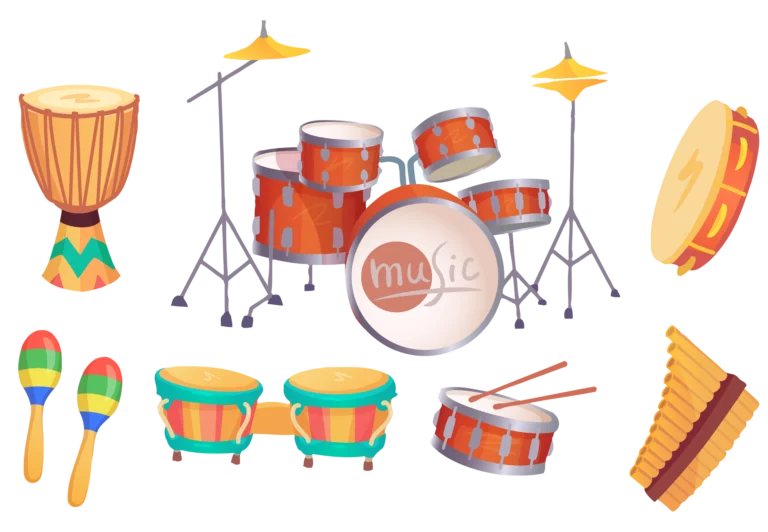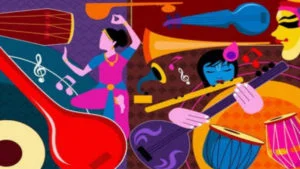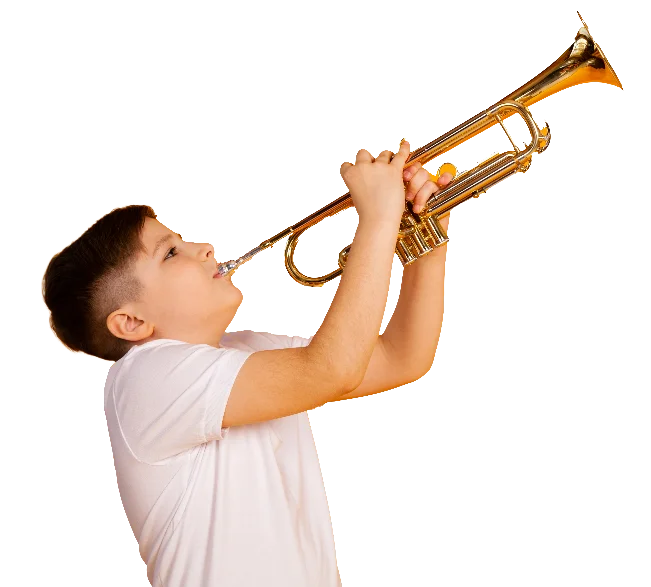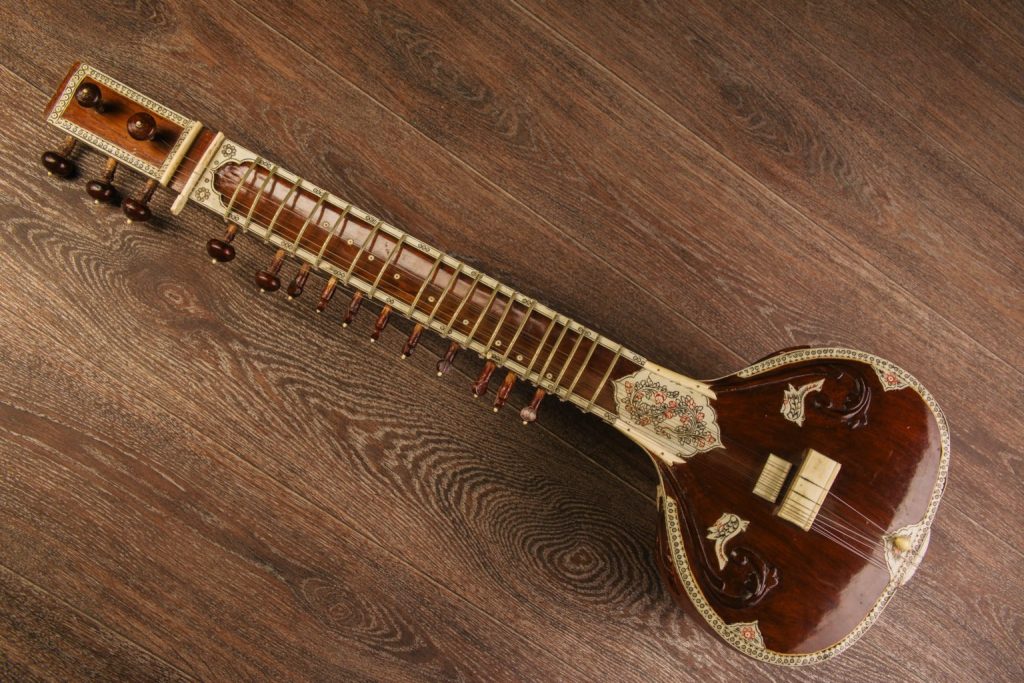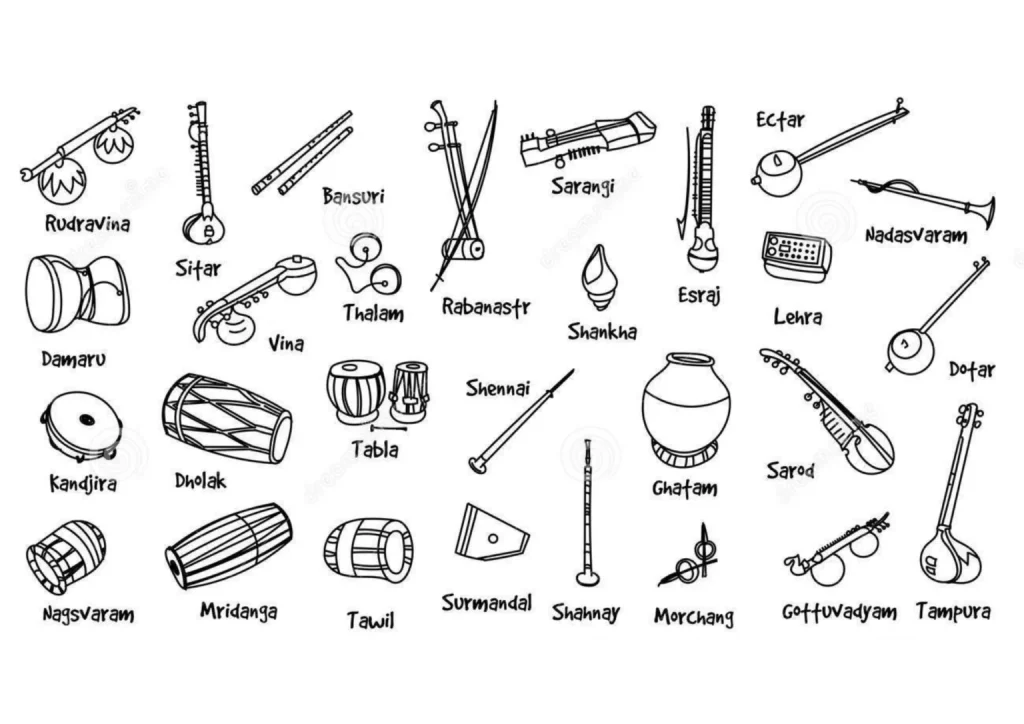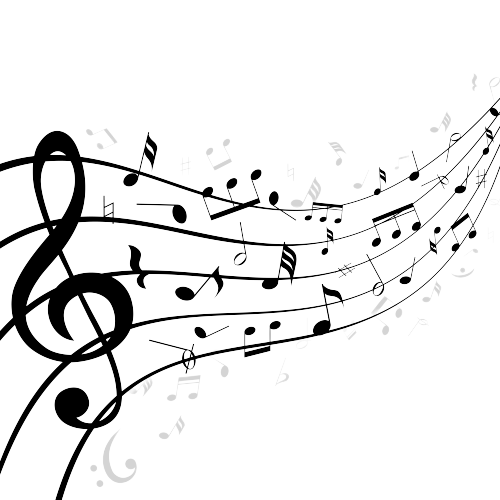Tabla is one of the most commonly used instruments in Indian Classic Music and Dance performances. In this informational Tabla lesson, we will dive deep into interesting Tabla Facts including its history, types of Tablas, Talas and Gharanas in Tabla and how can one learn Tabla in the best possible way.
What is Tabla?
A tabla is a pair of twin hand drums of contrasting sizes and shapes. These two drums are commonly called Dayan(right drum) and Bayan(left drum) respectively. “Tabla” word is derived from the Arabic word “tabl” which means a “drum”. Tabla is the most commonly used membranophone percussion musical instrument in Hindustani classical music. It is the most popular musical instrument in South Asian countries like India, Bangladesh, Srilanka, and Pakistan. It can be extensively used as a solo instrument in folk music performances, Bhajans, and dance performances like Kathak.
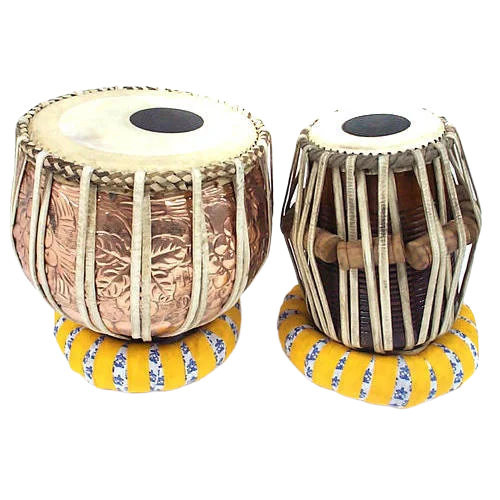
Tabla Fact 1: Where and When was Table Invented?
One of the most amazing facts about Tabla is that the history of tabla is not clear and there is a vast number of theories regarding its origin. Whether it is correct or not, modern research suggests that tabla was first invented by a famous and well-known drummer named Amir Khusro during the first half of the 18th century i.e about 1738. Amir Khusro worked hard to develop a more fine and melodic membranophone percussion instrument that could suit the new style of music called Khayal. Modern research also suggests that Mridangam and the Pushkara are the precursor instruments to tabla. The traces of the origin of tabla was observed in Bhaja caves in India.
Tabla Fact 2: What are Dayan and Bayan in Tabla?
Dayan
Dayan is the right-hand side drum and is played with the dominant hand. Dayan (Siddha) used to be individually known as Tabla from ancient days. Dayan is smaller in size and is mainly made up of Sheesham wood and teak wood. it is hollowed out to approximately half of its total depth. It produces a higher pitch and melodious sound than the left-hand drum called bayan. The standard size varies from 14 cm-15 cm in diameter and 15 cm in height.
Bayan
Bayan(dagga) is the left-hand drum. It is larger and produces a bass sound. bayan is commonly made up of brass and clay, but nowadays it is made of some metals like aluminium, steel, and copper. Bayan is a kettle-shaped drum, measuring approximately 10-11 inches in height and 20 cm in diameter. Bayan is played by using a non-dominant hand.
Tabla Fact 3: What are the basic strokes of Tabla?
The strokes produced by tabla are commonly known as “bols”. Bols are mnemonic syllables, which can be produced by various methods or processes on a vast number of musical instruments.
Learning basic strokes is the first step to learn Tabla.
Basic strokes are primarily divided into two major categories, they are single-handed bols and double-handed bols.
Single-handed bols are again classified into two major categories i.e Dayan bols and Bayan bols.
Dayan bols
Bols, which are played on the right drum by using the dominant hand, is known as Dayan bols. Na, Ta or Ra, Tin, Te, Ti, Tun are the basic strokes under the Dayan bols category.
Bayan bols
Bols, which are played on bayan or left drum by using the left hand, is known as bayan bols. Ghe, Ga, Ka or Ke, or Kath are the basic strokes under the bayan bols category.
Double-handed bols are also again classified into two major categories, they are single bols and compound bols.
Single bols
We have to play our both hands at the same time to produce single bols. DHA (Na+Ga or Ghe) and Dhin (Tin+Ga or Ghe) are the basic strokes that come under the category single bols.
Compound bols
We have to play our hands one after another in a successive manner to produce compound bols. Ti Ri Ki Ta and Tak (Ta+Ke) are the basic strokes under the compound bols category.
Tabla Fact 4: What are Tabla Tala and Gharanas?
The Tabla tala is a recurrent beat pattern usually played in a cyclic manner by using tabla. Tala characterizes the melodic meter of arrangement. The first or starting beat of each cycle is “Sam”. There are different talas used in Hindustani classical music like Teental, Tilwada, Dhamar Dadra, etc.
Tabla Gharanas are primarily responsible for the improvement of new bols, styles, and techniques of tabla. There are various Gharanas in tabla like Delhi Gharana, Punjab Gharana, Ajtada Gharana, etc.
Tabla Fact 5: How long does it take to learn Tabla?
There is no specific time limit to learn Tabla to become an expert player. It mainly depends on your dedication and love towards tabla. We have to remember 3P’s passion, practice, and priority to learn tabla quickly and efficiently. Learning Tabla as science is extremely vast and exhaustive in itself with different strokes and Gharanas. So be patient and dedicate your time to practice the tabla on regular basis.
Practising Tabla on regular basis for at least 4-5 hours a day is necessary to learn tabla quickly. Recent studies suggest that it would take a minimum of 4 years to master the tabla instrument. But your dedication and continuous practice can make you a better tabla player in a short period.
The best way to learn tabla by a beginner is to join under a guru (professional) and learn tabla with the guru’s suggestions. Guru will point out your mistakes and helps you to concentrate on problematic areas. If you want to learn tabla by yourselves, you have to work hard and practice effortlessly on regular basis.
Share with your friends
